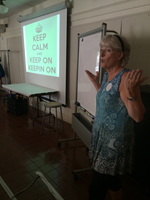
Writing a unit of study is not for the faint of heart!! In fact, I find my heart beating wildly on this Valentine's Day morning...and not because someone special is downstairs making my favorite breakfast (he really is!). But because I hit a large speed bump this week in our first grade graphic narrative unit of study. And I need to back up and take another approach to this writing if it's going to work.
We began the unit on Monday with a few days of immersion in the graphic novel genre. I showed the students the book A Day at the Fire Station, by Lori Mortensen, and we talked about how to read a graphic novel. We noted that the story is told in panels (boxes) with pictures and speech bubbles. We talked about how you read a graphic novel from left to right and top to bottom, just like any other book. (Mortensen, L. (2011). A Day at the Fire Station, illus. Jeffrey Thompson. North Mankato, MN: Capstone Press.)
I then gave each group of three students another example of a graphic novel from our school library and a stack of sticky notes. I instructed them to look through the books and write down what they noticed about the writing on a sticky note to share with the class later. As I walked around the room, listening in on their conversations, I noticed that many of the students were writing notes about the content of the story, and not the form or structure of the writing.
We began the unit on Monday with a few days of immersion in the graphic novel genre. I showed the students the book A Day at the Fire Station, by Lori Mortensen, and we talked about how to read a graphic novel. We noted that the story is told in panels (boxes) with pictures and speech bubbles. We talked about how you read a graphic novel from left to right and top to bottom, just like any other book. (Mortensen, L. (2011). A Day at the Fire Station, illus. Jeffrey Thompson. North Mankato, MN: Capstone Press.)
I then gave each group of three students another example of a graphic novel from our school library and a stack of sticky notes. I instructed them to look through the books and write down what they noticed about the writing on a sticky note to share with the class later. As I walked around the room, listening in on their conversations, I noticed that many of the students were writing notes about the content of the story, and not the form or structure of the writing.
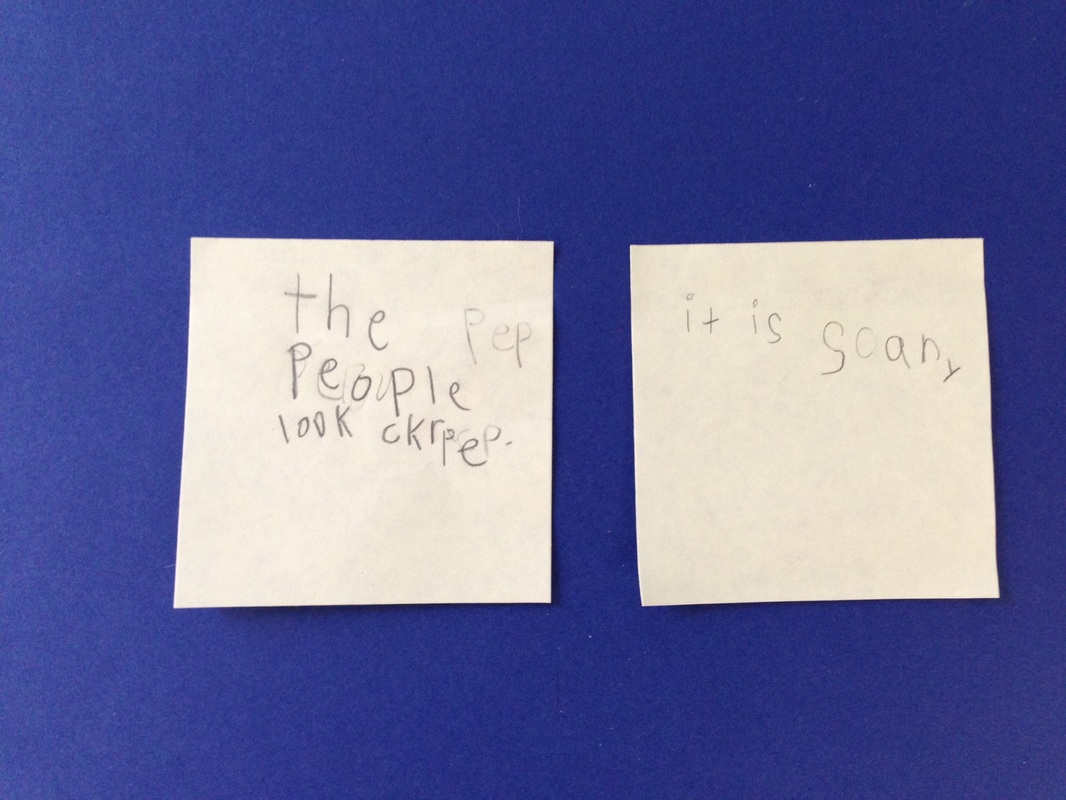
One student thought the characters in his example "look creepy"! And another student noted that the story "is scary". They were examining a typical graphic novel in which the characters are drawn with dark colors and larger than life expressions. This clearly impressed them more than the structure of the writing!!
Once I redirected the students to look closely at how the graphic novels were written instead of what the novels were about, they became more focused and identified some important commonalities.
So, the next day, the class and I made a "Writing Graphic Narratives" anchor chart:
Writing Graphic Narratives
Writing Graphic Narratives
- Writers have to “write” with pictures and a few words.
- Writers use what people say (dialogue) to move the story along and they use speech bubbles to do so.
- Sometimes writers use text boxes inside the story panels to help tell the story.
- Writers have to decide how much of the story to include in each story panel.
- Writers have to decide how many story panels to have on a page.
The next BIG step was to decide which of our four stories we wanted to use in our graphic narrative unit. I had originally wanted to use all four stories to chronicle the first graders' journeys through the year; however, I decided that we would start with one story, see how it goes, and then re-evaluate our goals. And based on what I found out the next day, that was a very good decision indeed!!
My instructional plan was to move into our sketchbooks, find our story, and list all of the verbs in the sentences we wrote to go along with our pictures. I had practiced this move with my own story...
Once the moves were identified by looking for verbs in the written sentences or remembering them from the pictures, my idea was to make a story panel with each one of those moves...So, I sent the writers off into their sketchbooks to find those verbs and identify those moves.
And that's where this writing teacher's forward momentum hit the speed bump. Most, if not all, of the students have very little written text to go along with their pictures. They don't have a firm grasp of what an action word (verb) is, nor how to independently identify it from a picture.
And now, after posting all of this for you, I can feel my heartbeat beginning to pound! This will be the work of today, and possibly tomorrow if we get the storm that is predicted. I am going to hit the brakes and take a long look at the speed bump. My next lesson will need to include more work with the idea of "moving", and how the students, as the writers/illustrators, conveyed the movements in their pictures. Maybe we will make a class list of words that go with movement, verbs, that students can use to identify their actions. Then, and only then, I will take my foot off of the brake pedal and begin to move forward slowly again.
You know, speed bumps are placed in the road before us for a reason. As teachers of writing, we are used to these bumps in our journeys to teach the complicated process of composition to and instill the habits of mind in our writers. We know to pay attention to them, to reflect upon their impact on our teaching, and to find ways to move ourselves and our students past them successfully.
So, I'll be planning a new route this Valentine's Day (after I enjoy that wonderful breakfast made my wonderful husband!) I hope your day is filled with happy hearts and very few speed bumps!!
Have a great writing week!
#allkidscanwrite
And that's where this writing teacher's forward momentum hit the speed bump. Most, if not all, of the students have very little written text to go along with their pictures. They don't have a firm grasp of what an action word (verb) is, nor how to independently identify it from a picture.
And now, after posting all of this for you, I can feel my heartbeat beginning to pound! This will be the work of today, and possibly tomorrow if we get the storm that is predicted. I am going to hit the brakes and take a long look at the speed bump. My next lesson will need to include more work with the idea of "moving", and how the students, as the writers/illustrators, conveyed the movements in their pictures. Maybe we will make a class list of words that go with movement, verbs, that students can use to identify their actions. Then, and only then, I will take my foot off of the brake pedal and begin to move forward slowly again.
You know, speed bumps are placed in the road before us for a reason. As teachers of writing, we are used to these bumps in our journeys to teach the complicated process of composition to and instill the habits of mind in our writers. We know to pay attention to them, to reflect upon their impact on our teaching, and to find ways to move ourselves and our students past them successfully.
So, I'll be planning a new route this Valentine's Day (after I enjoy that wonderful breakfast made my wonderful husband!) I hope your day is filled with happy hearts and very few speed bumps!!
Have a great writing week!
#allkidscanwrite
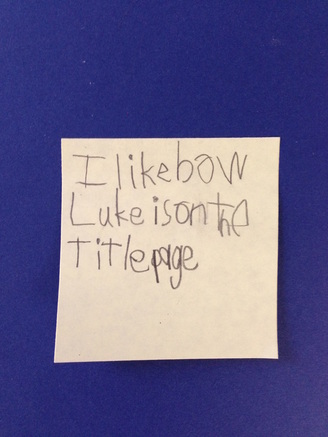
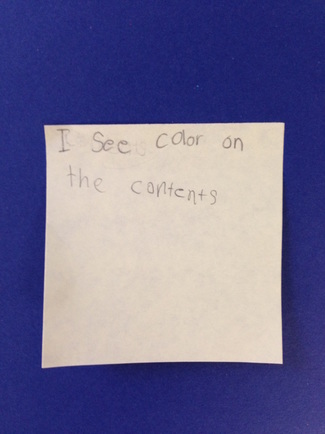
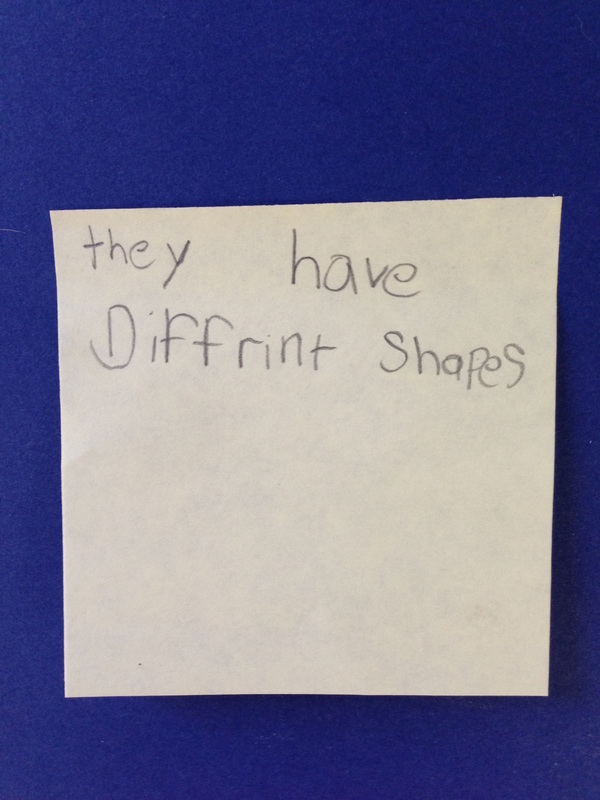
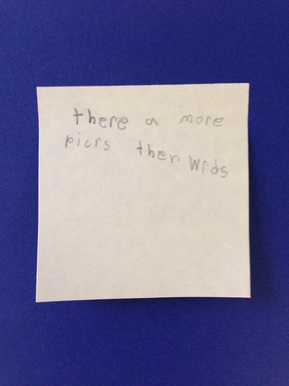
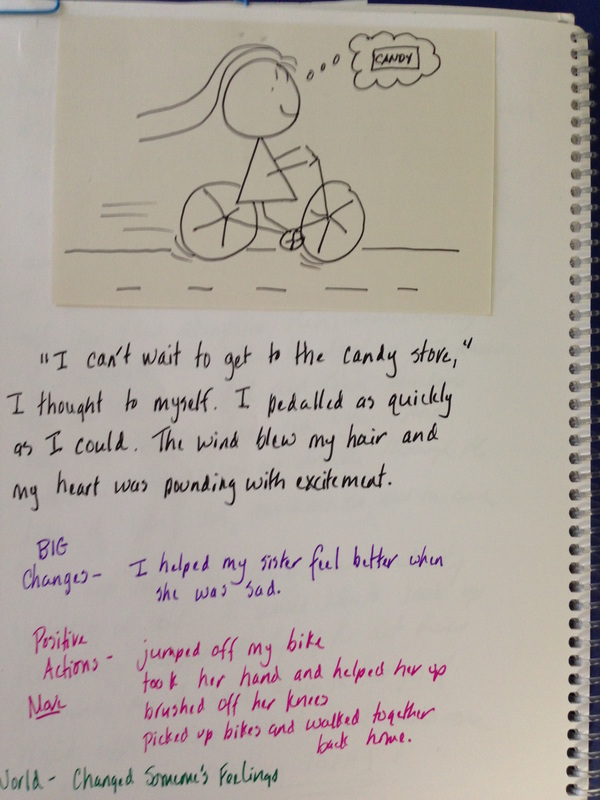
 RSS Feed
RSS Feed
